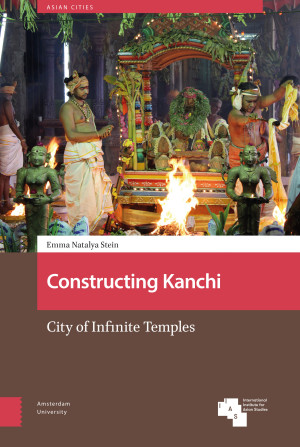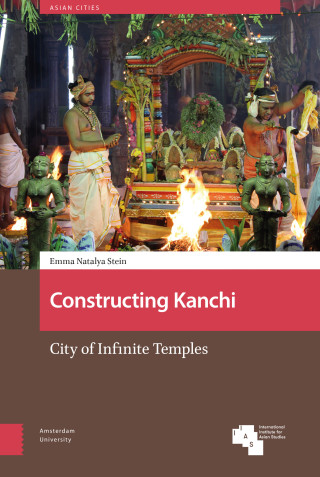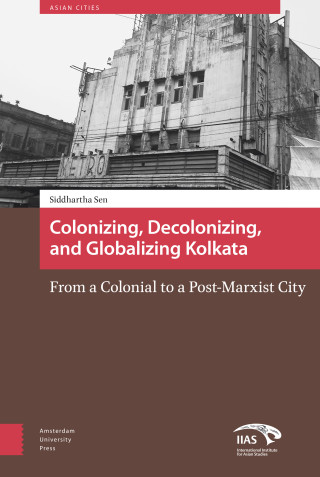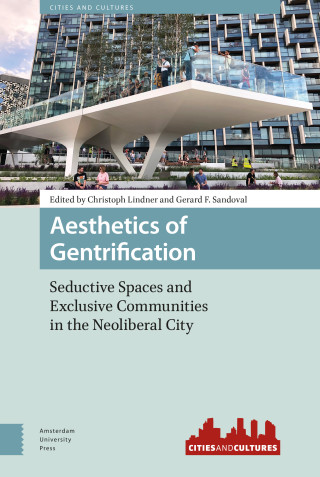Constructing Kanchi: City of Infinite Temples traces the emergence of the South Indian city of Kanchi as a major royal capital and multireligious pilgrimage destination during the era of the Pallava and Chola dynasties (ca. seventh through thirteenth centuries). The book presents the first-ever comprehensive picture of historical Kanchi, locating the city and its more than 100 spectacular Hindu temples at the heart of commercial and artistic exchange that spanned India, Southeast Asia, and China. The author demonstrates that Kanchi was structured with a hidden urban plan, which determined the placement and orientation of temples around a central thoroughfare that was also a burgeoning pilgrimage route. Moving outwards from the city, she shows how the transportation networks, river systems, residential enclaves, and agrarian estates all contributed to the vibrancy of Kanchi’s temple life. The construction and ongoing renovation of temples in and around the city, she concludes, has enabled Kanchi to thrive continuously from at least the eighth century, through the colonial period, and up until the present.






